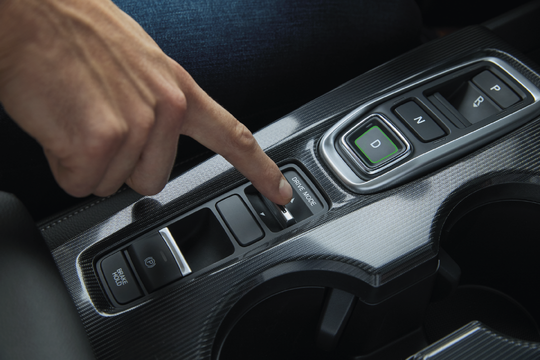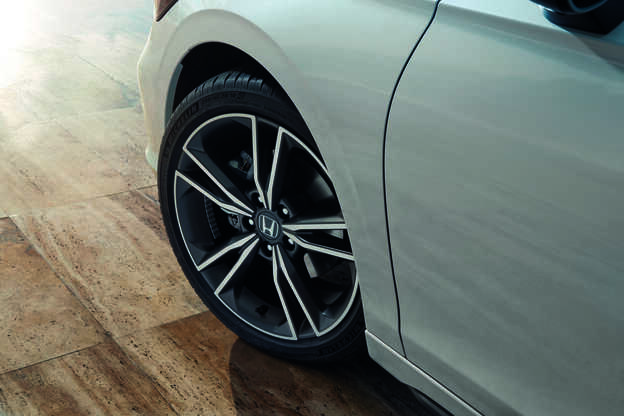Top tips for driving an automatic car
Driving an automatic car for the first time might feel different, but it’s designed to be simple and intuitive. With no clutch or manual gear changes to think about, automatics let you focus more on the road ahead.
By focusing on the subtle differences in how the gears and brakes work from a manual car, these tips will help you get the most out of your automatic car, ensuring a smoother and more confident drive.
Use the brake to avoid rolling when stationary
In automatic cars, when in DRIVE or REVERSE, the car may start to move slightly on its own—this is known as ‘engine creep.’ To prevent this, always keep your foot on the brake when stationary.
However, most modern cars have the convenient Brake Hold feature, which automatically holds the car in place when you come to a complete stop. This is especially useful in stop-and-go traffic, as it saves you from having to keep your foot on the brake to prevent rolling.
When you're ready to move, simply press the accelerator, and the car will release the hold smoothly. It’s a simple, stress-free way to stay stationary without constant effort, helping you stay relaxed during even the busiest drives.


Don't use left-foot braking
If you've never driven an automatic car before, it’s tempting to use the left foot to operate the footbrake. However, this is discouraged and may lead to an ineffective emergency stop if ever needed. It's easier to tuck your left foot under your seat or leave it on the footrest.
Use kickdown for fast, safe overtaking
The automatic car is always seeking to use the highest possible gear. This is not a good option for making an overtake. If quick acceleration is needed to overtake or avoid a hazard, then “kickdown” can be employed.
Pressing the accelerator firmly prompts the gearbox to drop one or more gears, providing a rapid boost in power. While manually selecting a lower gear can achieve a similar effect, kickdown offers a quicker, more intuitive response for urgent situations.


Select the right gear for downhill driving
When driving an automatic car downhill, your speed naturally increases due to gravity, and your car’s gearbox may shift into a higher gear.
If your car offers a manual mode or gear selector, switching to a lower gear can help control your speed and reduce the strain on your brakes.
Use the right drive mode for the conditions

Modern automatic cars, including many Honda models, offer more than just DRIVE and REVERSE. Advanced drive modes adjust multiple systems—such as throttle response, braking, and even steering feel—to help you stay in control when road conditions change.
- SNOW mode: Optimises power delivery and traction control to improve grip on slippery roads.
- TOW mode: Adjusts throttle mapping and steering weight to support safe towing under load.
- HILL DESCENT control: Manages speed on steep declines, coordinating braking and torque distribution for a smooth, controlled descent.
Choosing the right mode gives you added confidence and helps your car respond to the road more intelligently.
Understand how eCVT works
Some automatic cars, like Honda, use an electronic Continuously Variable Transmission (eCVT), instead of a traditional gearbox with fixed gears. This system automatically adjusts power based on your speed, delivering seamless acceleration and a refined driving experience.
With no need to shift between gears, Honda’s eCVT provides a smooth, effortless drive, whether you’re in stop-start traffic or cruising on the motorway.
Related reading
Honda Hybrid Range Overview
05.09.25
What is regenerative braking and how does it work?
.jpg/_jcr_content/renditions/c2_r.jpg)
04.06.25
How reliable are hybrid cars?

25.03.25
Top tips on how to drive an automatic car

25.03.25
Top tips for driving an automatic car

19.03.25
What’s the difference between hybrid and electric cars?

19.03.25
What’s the difference between hybrid and electric cars?

